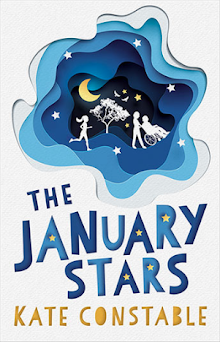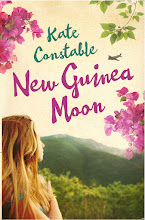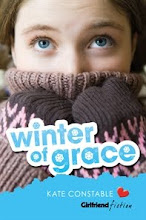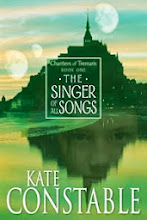Hot off the presses,
Consent Laid Bare feels so timely after a horrific couple of weeks that saw five women in ten days murdered by a male partner or ex-partner. But let's be honest, these statistics are always horrific, and they never seem to go down. It's six years since a dear friend of mine was murdered by her boyfriend, which sends every nerve jangling when I hear about another domestic violence incident -- and it feels like my nerves are jangled every single week, sometimes every day.
But to be clear, Chanel Contos' campaign (I always find myself calling her Chantal, apologies Chanel) is not against DV as such, but rather against sexual assault, and particularly that murky area of what she calls 'entitled, opportunistic rape,' where a male uses social pressure or emotional manipulation or an unspoken discomfort to pressure a woman into sex. I found out some shocking truths about the sex lives of the young by reading this book -- God, I'm so thankful that I didn't come of age in the time of social media and camera phones -- but it's equally shocking how little has changed in the last couple of generations. Some of Contos' arguments are Feminism 101; it's hard to believe that we still have to argue this stuff! But of course to Contos' peers, this is all fresh information, because those battles still haven't been won.
Two metaphors I loved: that being a woman in the world is like being a cyclist on the road. Technically you're subject to the same rules as cars, but if something goes wrong, the damage will fall much harder on the cyclist, and everyone will tell you, well, you should have been more careful, because in reality, the roads we ride on favour the cars (ie the men). Second, Contos caught herself cooing over a cute dog she met in the street, and reflected that the way some men regard hot women in public is much the same as they way she might greet a puppy -- she feels free to give them unsolicited compliments, even to touch them without permission, because as far as she's concerned, they exist just to brighten up her day. Hmm! I might think twice before I pounce on the next sweet puppy I see out and about...
Consent Laid Bare is an accessible, fierce and energetic call to arms -- or at least a call to awareness. The final chapter is addressed specifically to men, young and old, asking them to regard the women they encounter as fellow humans. It seems such a small thing to expect, and yet still, here we are. Consent Laid Bare is not explicitly aimed at young adults, but wow, they should definitely read it.



























